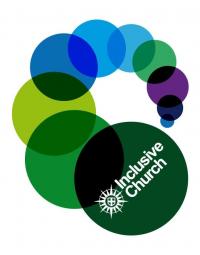



St. Peter's Church is at the geographical centre of the Parish of Thurston. The original church was Medieval, but was largely rebuilt in 1861 after a dramatic collapse of the tower onto the nave the night before major renovations were due to begin. Its architect was John Henry Hakewill (son of the distinguished architect Henry Hakewill), and rebuilding took 18 months and cost around £3,500. Some 14th and 15th-century features, including the font, chancel windows and vestry were retrieved and reinstated in the Victorian church.
The church is Grade II listed. The church's ring of five bells was augmented to six, after a donation of a bell from St Albans Abbey by the charity the Keltek Trust in 2012.
The village is recorded in the Domesday Book as having a population of 66 households. It was part of the lands of the Abbey of Bury St Edmunds, then one of the largest landlords in England.
By the 1870s, the village had grown substantially. It is mentioned in John Marius Wilson's Imperial Gazetteer of England and Wales as a community with 2,200 acres of land, a population of 740 and 157 households. The village's farming past is reflected in its listed buildings, which include St Peter’s Church and several former farmhouses and associated farm buildings.
The original village hall, still known as The Cavendish Hall, was gifted (both land and building costs) to Thurston in 1913 by Julia Florence Cavendish, the American-born wife of Tyrell William Cavendish, who lost his life on the Titanic. The couple had joined the ship's maiden voyage to New York to see Julia Cavendish's father Henry Siegel shortly after purchasing Thurston House, which they were renovating. After Tyrell's death, Julia asked the Parish Council if the Hall could be built as his memorial, but sold Thurston Hall without living in it.